Q. What do Paris’s Eiffel Tower, Seattle’s Space Needle and Melbourne’s Royal Exhibition Building all have in common?
A. They were all built as part of their country’s world fair.
State Library Victoria members can access hundreds of databases from home (if your home is in Victoria). That’s millions of articles, magazines, archives, ebooks, videos, songs, audiobooks and more, available anytime. We’re taking a look at new and/or interesting databases as well as hidden gems from our collections.
Today we’re looking at Adam Matthew’s World’s Fairs: a Global History of Exposition database.
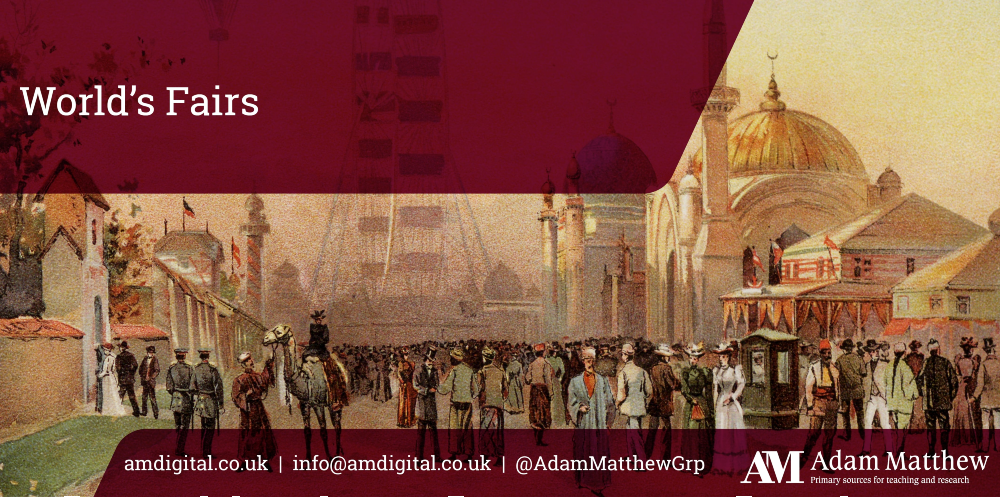
Although still going today, in the late Victorian to early Edwardian era (1880-1920), world’s fairs (also known as international expositions) were a really big deal. They were a showcase of inventions and creativity from across the globe, giving visitors an insight into what the future might hold – a temporary grand gathering of entertainment, innovation and culture.
What makes this database so great?
The World’s Fairs database gathers together a comprehensive collection of digitised resources from over 200 of the world’s fairs, starting with what is generally considered to be the first official world fair – 1851 Great exhibition of the works of industry of all nations, London (more commonly known as the World Fair at Crystal Palace) – up to the 2015 world expo held in Milan.
The database allows you to search by fair, country and document type and holds something for everyone. Whether you are interested in architecture, technology, art, international relations, historical documents or event planning, you are sure to find something that will captivate you within this collection.
Collection items include maps, artifacts, programs, postcards, official records, planning documents, personal accounts, scrapbooks, and even sheet music.
This resource is suitable for people with specific research questions as well as those who just feel like browsing.
Some highlights
Want to know what was on the mind of Henry Cole, one of the chief organisers of London’s 1851 world fair during its opening days? You can read Cole’s diaries from 1841-1854. Take a look:
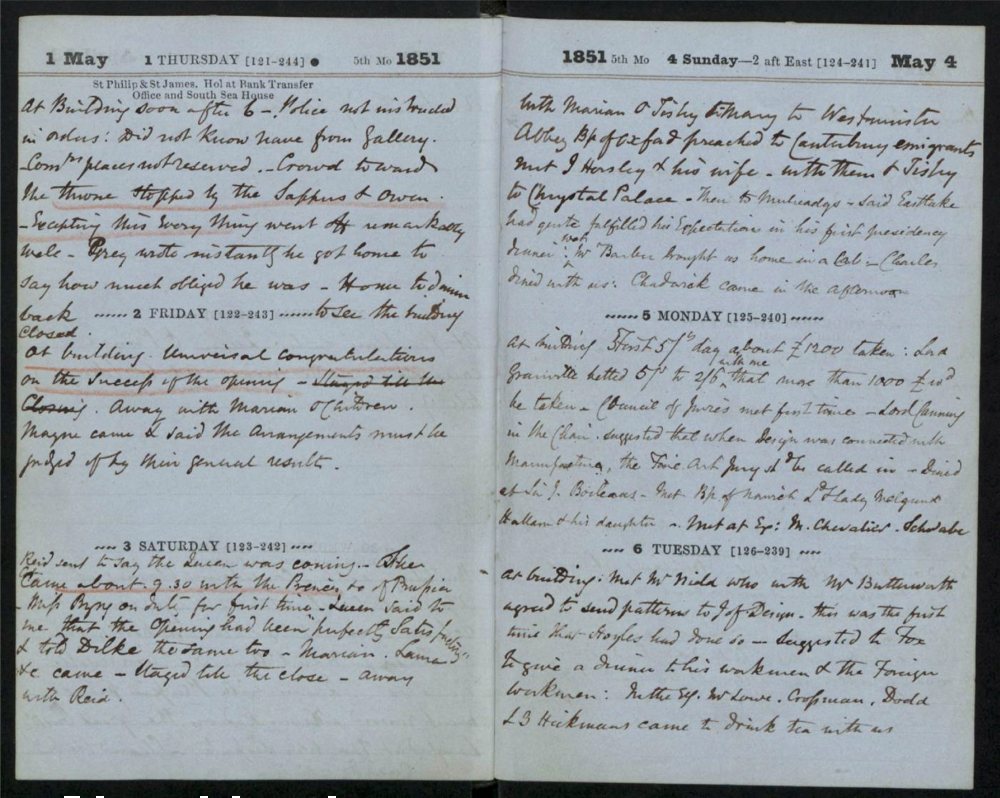
What of our own moment in the spotlight? The Australian International Exhibitions: 1879/80 Sydney, 1880/81 Melbourne and 1888/89 Melbourne are well represented within this database. You can view images of Carlton’s Exhibition Building, inside and out, and even see how the fair was laid out.
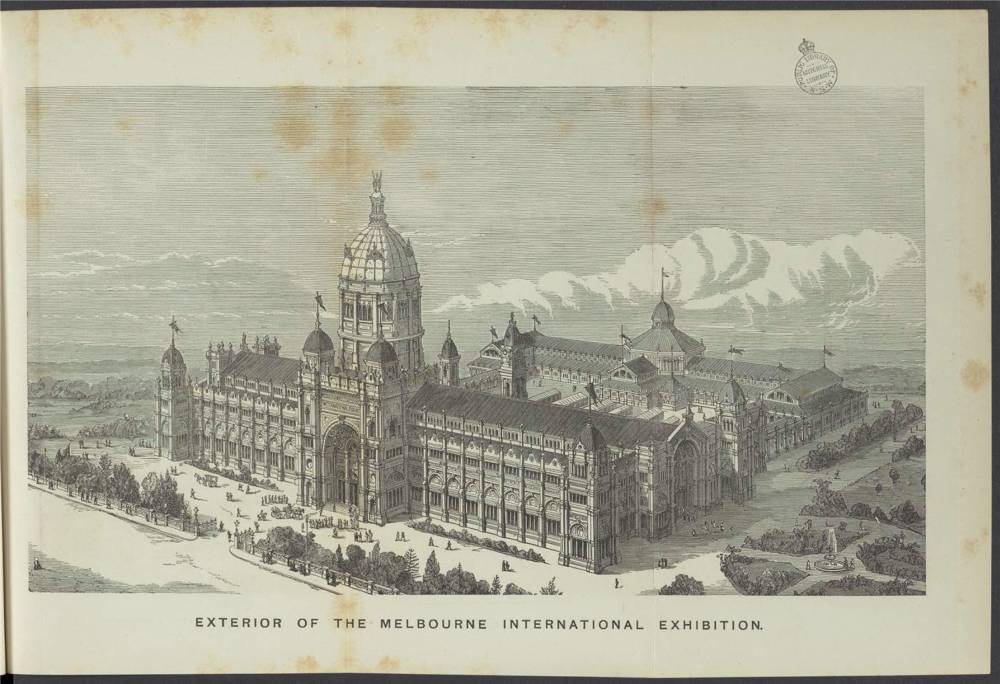
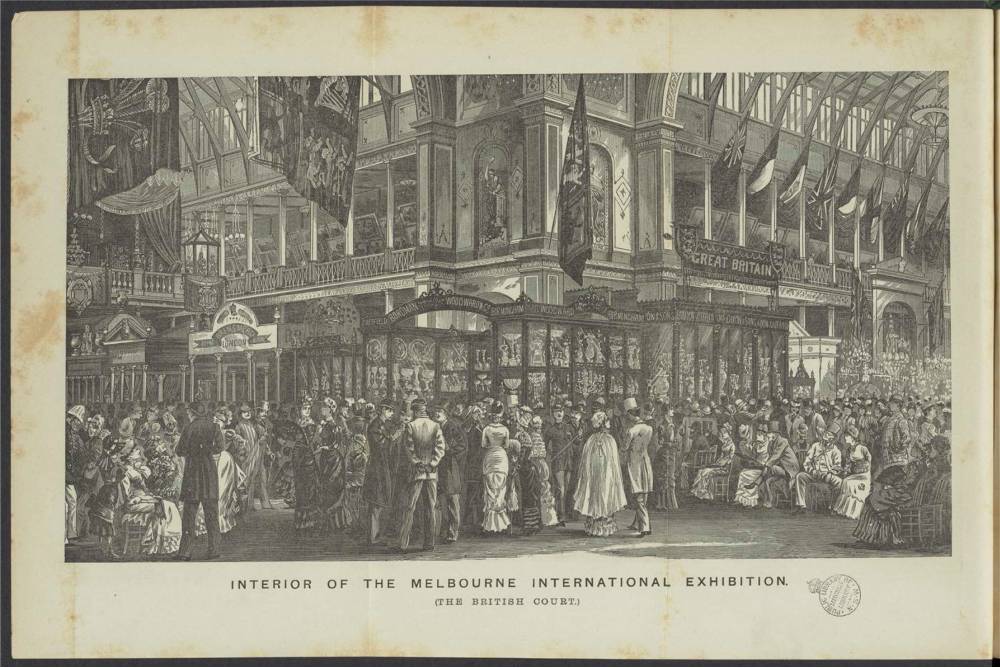

Also featured is the Federal Coffee Palace visitors’ guide to Melbourne which gives a suburb by suburb account of the city’s main attractions in 1880, and includes a picture of State Library Victoria (known at that time as Melbourne Public Library). It also provides this beautiful description of our city:
Melbourne is in a transition stage at present, and may be compared to an insect which has become a chrysalis, and is now bursting its bands and emerging into its perfect stage of beauty
The Federal Coffee Palace visitors’ guide to Melbourne, 1880, p 26-27
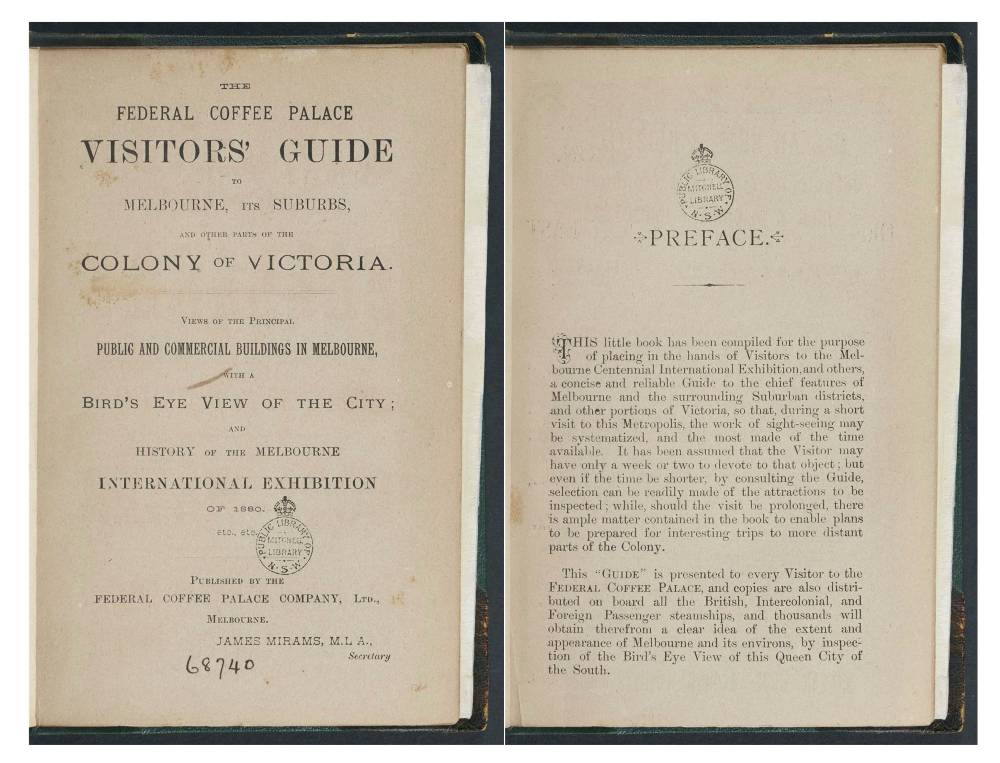

Now to the first world fair to be held in Asia. The theme? “Progress and Harmony for Mankind”. This world fair was one of the largest and incorporated both a monorail and miles of moving sidewalk to help visitors traverse the 815-acre expo site.
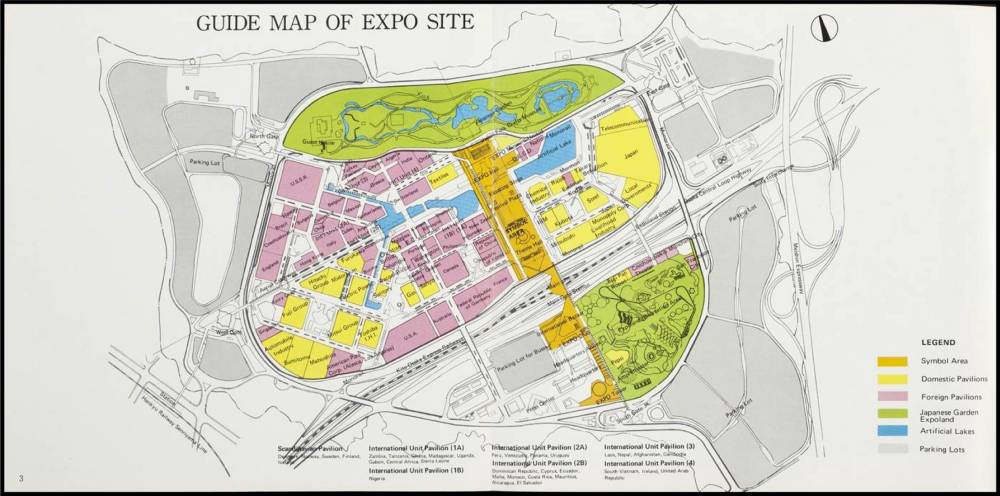
Overlooking it all was the “Tower of the Sun”, designed by artist Taro Okamoto, the huge face of which can be seen in this photo being lifted up the building while a Shinto ceremony takes place in the foreground.
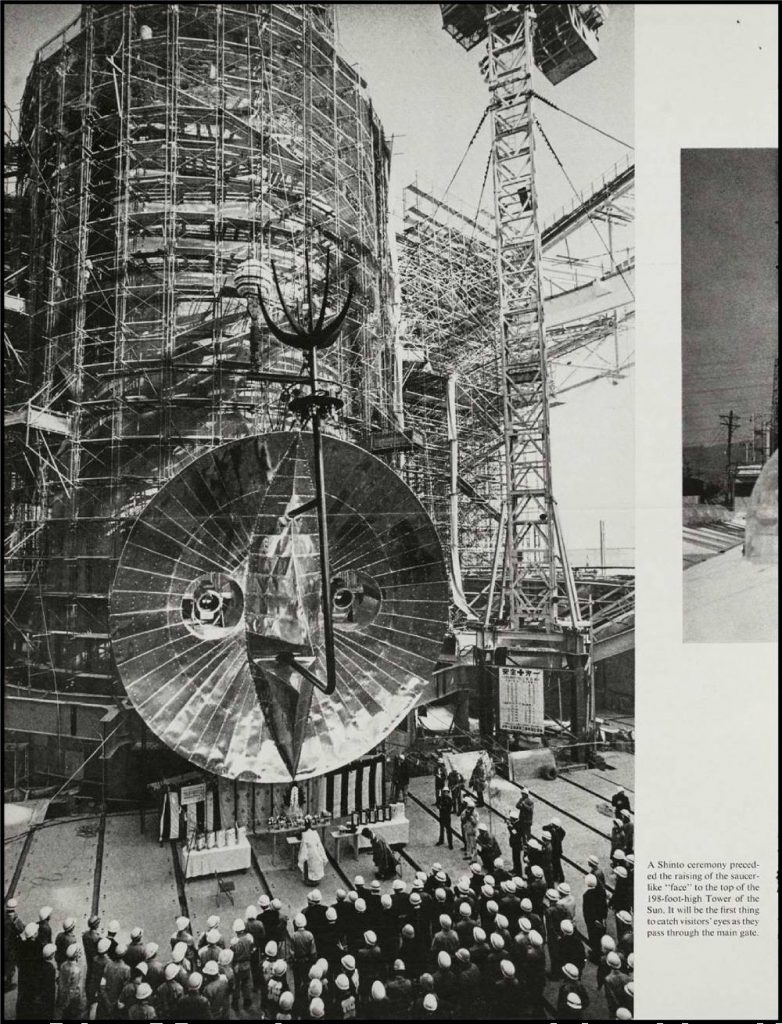
So, if you’re up for a bit of historical armchair travel, grab your SLV membership and get ready to explore the wonders of world’s fairs across the ages.
We hope you enjoy exploring the World’s Fairs: a Global History of Exposition database.
We always welcome your recommendations for database trials – let us know what you’d like to see. Have a research query or questions on how to use our online collections? Ask a librarian.


That’s a great blog post Jodi! a terrific array of content and beautifully illustrated too.
Thanks Jane!
I have spent hours and hours on the Adam Matthews databases they are incredible. I hope one day you add their Children’s literature and culture, I’ve only seen a youtube video tour of the database but it looks stunning.
Hi Mark,
Thanks for your comment. If you would like to suggest we acquire the Adam Matthew Children’s Literature and Culture database, please feel free to send us an email via our Ask a Librarian service.